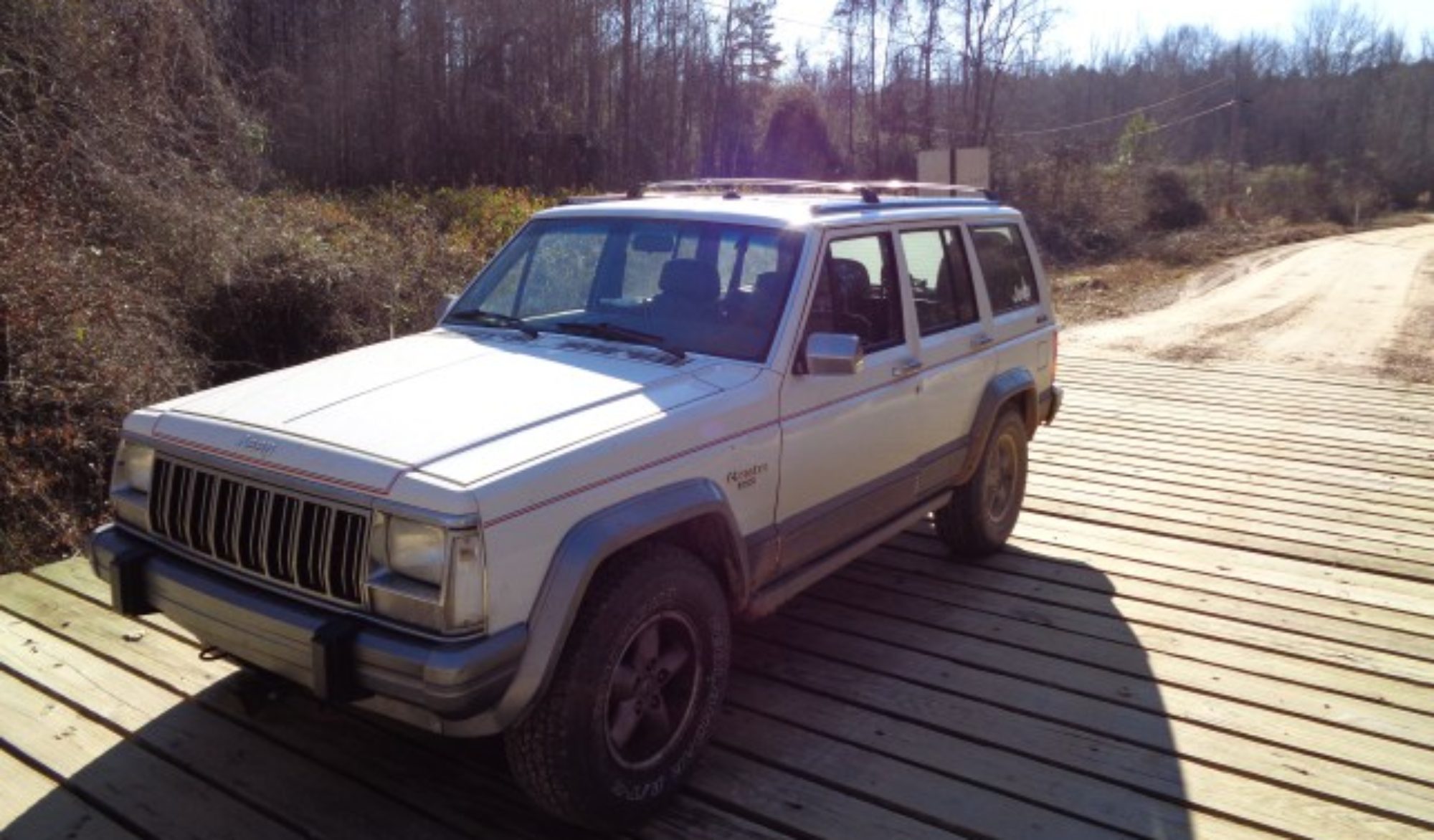Confusing House wiring and Automotive wiring can get you killed.
My favorite hobby is working with cars and Jeeps. I have no trouble repairing or trouble shooting automotive electronic systems. I am also a licensed electrician working with residential and commercial wiring.
In AC wiring the standard is to use the white wire for the neutral which is commonly connected to ground. The green or bare wire is the ground. You can typically touch either of these safely. The black wire is the “Hot” wire having the supply voltage above ground. You defiantly don’t want to touch that one.
In car wiring, the battery voltage is normally the red wire. Often the ignition switched “hot” wire will be blue or purple. While 12 volts will not hurt to touch it, you want to make sure it does not touch ground or you will pop a fuse or maybe burn a wire.
The ground wire in an automotive circuit is coded black. Notice that this is the exact opposite of home or commercial AC wiring. If you are an automotive mechanic making repairs to your home wiring, you need to be aware of this critical difference. The black wire is the “HOT” wire in AC.
Also with home wiring, it is never safe to assume that the white wire is always grounded. In most lighting circuits, the hot is transmitted to and from the switch using a single piece of romex. This will have both a black and white wire in it. The white wire should have a black stripe or tag at the junction but it is very often missing.
Also, if the path to ground in the white wire is interrupted, the wire can be energized through the load. Never assume the white wire is safe. And always assume the black wire is hot.
Use extra caution when switching back and forth between automotive and house wiring so that you do not confuse the two very different color coding systems.





















































































































